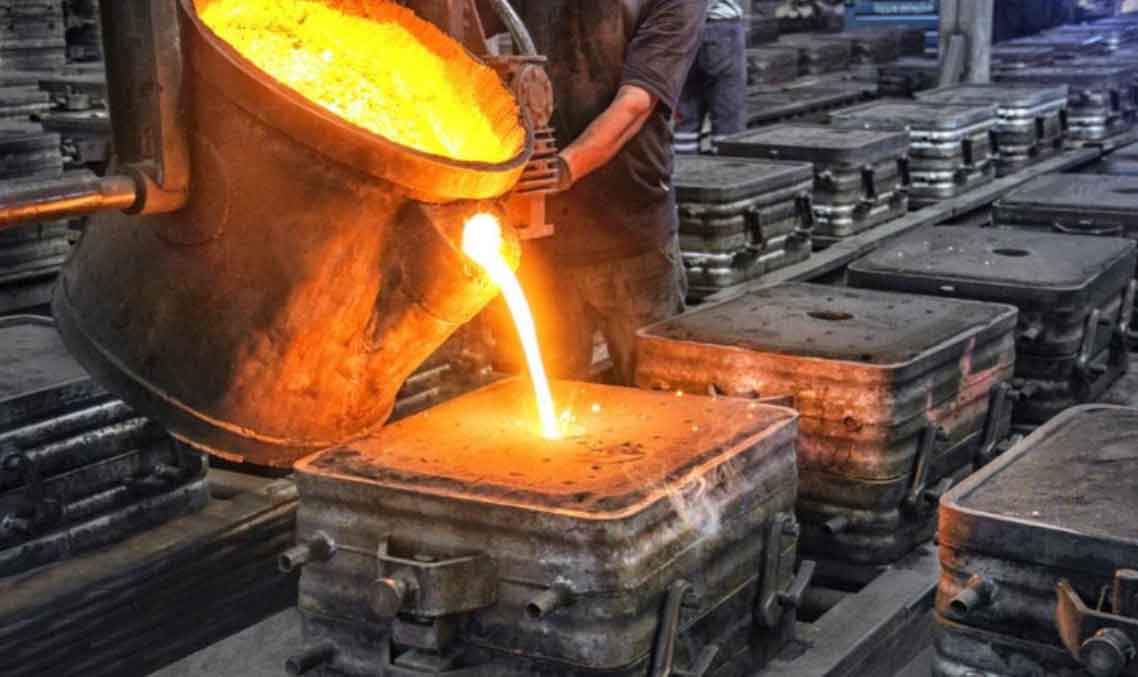
Advancements in mold and core making techniques have significantly improved sand casting processes, making them more efficient, precise, and adaptable to a wide range of applications. These innovations have helped overcome traditional limitations and challenges, leading to enhanced casting quality and reduced lead times. Here are some key advancements in mold and core making techniques in sand casting:
1. 3D Printing for Patterns and Cores:
- Additive manufacturing, commonly known as 3D printing, has revolutionized pattern and core making. 3D printing allows for rapid production of intricate patterns and cores directly from digital designs, enabling faster prototyping and design iterations.
2. Digital Sand Printing:
- Digital sand printing, also known as 3D sand printing, involves depositing layers of sand using a binder. This technique allows for the production of complex sand molds and cores without the need for traditional patterns, offering greater design flexibility.
3. Binder Jetting:
- Binder jetting is a variant of 3D printing where a liquid binder is selectively applied to bind layers of sand. This technique can create molds and cores with intricate details and precise geometries.
4. Robotic Mold Assembly:
- Automated robotic systems can assemble molds quickly and accurately, reducing manual labor and ensuring consistent mold quality.
5. Casting Simulation Software:
- Advanced casting simulation software allows for detailed analysis and optimization of mold and core designs, improving material flow, reducing defects, and ensuring dimensional accuracy.
6. Casting Design Optimization:
- The integration of computer-aided design (CAD) tools with casting simulation software enables manufacturers to optimize casting designs for manufacturability, reducing material wastage and improving overall casting quality.
7. Inorganic Binders for Cores:
- Inorganic binders have been developed to replace traditional organic binders, improving core strength and reducing the risk of core-related defects during casting.
8. Coating Technology:
- Advanced coatings are used to enhance mold and core surfaces, improving surface finish and reducing defects like veining and metal penetration.
9. Post-Casting Core Removal:
- New methods for post-casting core removal, such as using water jetting or dissolvable cores, have streamlined the process and reduced the need for manual core knockout.
10. Real-Time Monitoring:
- Sensors and monitoring systems are used to track mold and core properties during production, enabling manufacturers to detect issues early and make real-time adjustments for improved quality control.
11. Hybrid Mold Making Techniques:
- Hybrid mold making techniques combine various technologies like 3D printing and traditional methods to create molds with complex geometries efficiently.
These advancements have transformed mold and core making in sand casting, leading to improved casting accuracy, reduced lead times, greater design freedom, and increased productivity. Manufacturers who embrace these innovations can deliver high-quality castings that meet the ever-growing demands of modern industries.
